Rosemary (Rosmarinus officinalis), a fragrant evergreen herb native to the Mediterranean region, has grown far beyond its ancient origins to become one of the most popular herbs in the world. Whether enhancing the flavor of roasted meats, infused in oils and teas, or used for its powerful essential oils in natural remedies and cosmetics, rosemary has become a staple in global markets.
Its versatility in culinary, medicinal, and commercial industries has created a growing demand for large-scale rosemary cultivation. But the critical question remains: Which country is the largest rosemary producer in the world?
This article presents a detailed analysis of the global rosemary industry, including production data, leading growing regions, international trade trends, and the primary reasons behind the global dominance of the top-producing country.
Introduction: Global Significance of Rosemary
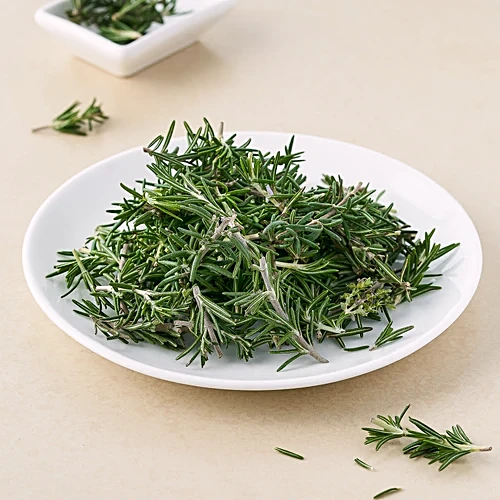
Rosemary, a member of the mint family (Lamiaceae), is an aromatic perennial herb that thrives in warm, sunny climates and well-drained soils. For centuries, it has been revered not just for its culinary uses but also for its medicinal benefits, such as:
- Anti-inflammatory and antioxidant properties
- Cognitive and memory enhancement
- Use in aromatherapy and skincare
Global demand for rosemary has expanded in both fresh and dried forms, as well as in essential oils and extracts used in cosmetics, pharmaceuticals, and the wellness industry.
Global Overview: Major Rosemary-Producing Countries
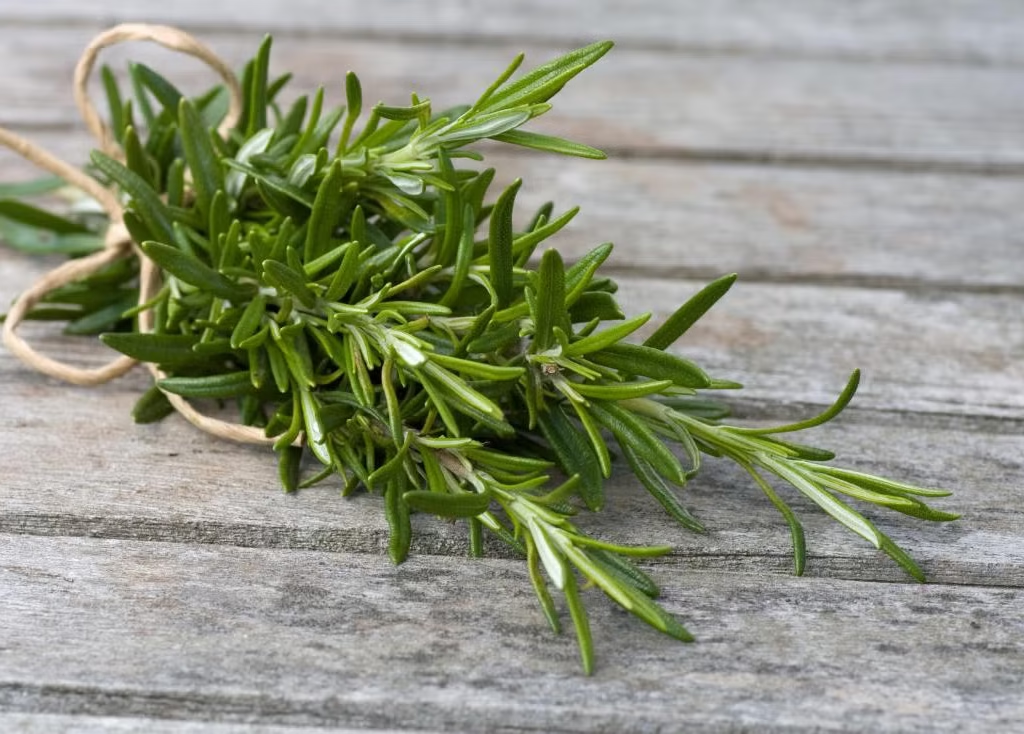
Rosemary is grown across several continents, but a few countries dominate the global market. These include:
- Morocco
- Tunisia
- Spain
- France
- India
- Turkey
- Egypt
Among these, Morocco is recognized as the largest rosemary producer in the world, thanks to its ideal Mediterranean climate, expansive wild rosemary reserves, and well-established herb export infrastructure.
Morocco: The World’s Leading Rosemary Producer
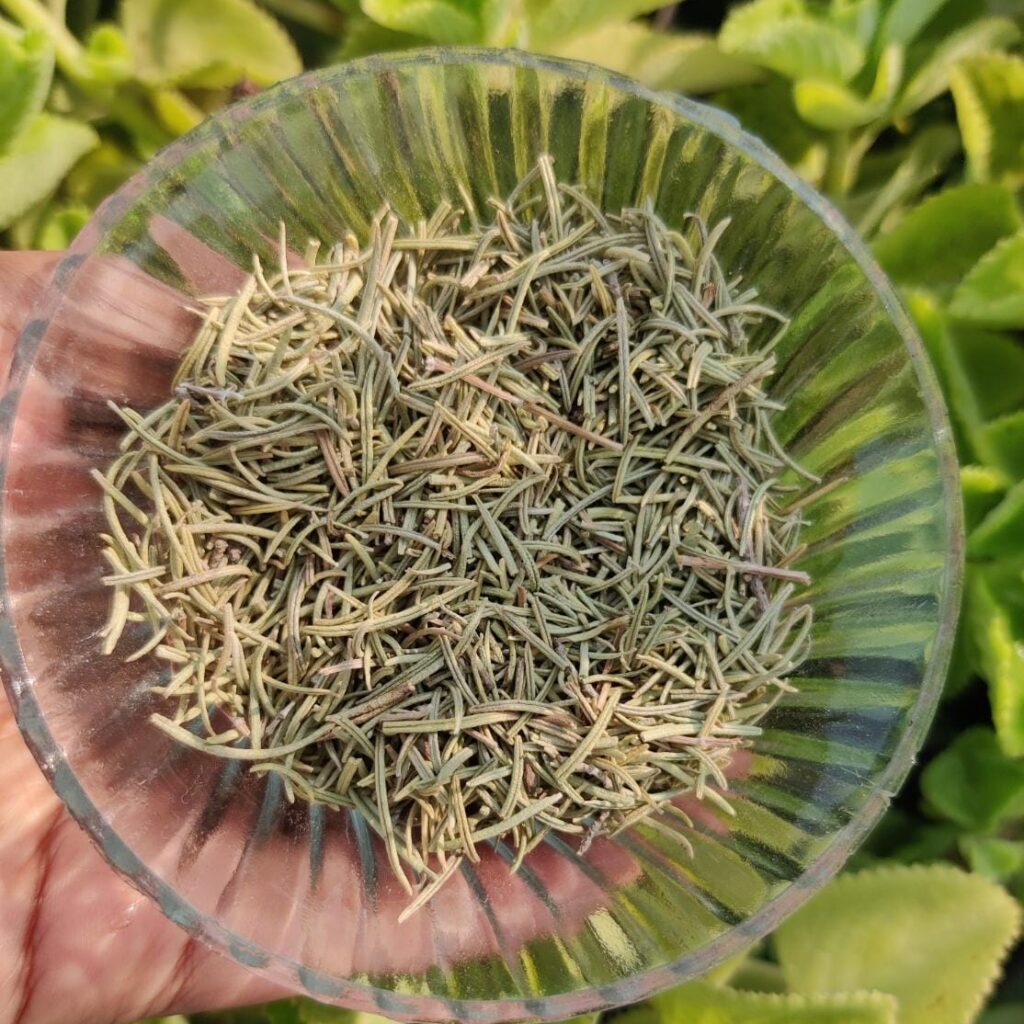
1. Wild and Cultivated Production
Morocco’s dominance in the rosemary industry comes from its extensive wild rosemary harvesting, especially in the Middle Atlas and Rif Mountains. The country also has dedicated cultivated rosemary fields, although wild harvesting still accounts for the majority of production.
Estimated annual production of rosemary in Morocco exceeds 40,000 to 50,000 metric tons, making it the top contributor to global rosemary supply.
2. Key Growing Regions
- Fès-Meknès
- Béni Mellal-Khénifra
- Oriental region
- Marrakesh-Safi
These areas are rich in natural rosemary reserves, where local communities harvest and sell to herb processing companies or directly to exporters.
3. Harvesting and Sustainability
The Moroccan government, in collaboration with international partners, has introduced sustainable wild harvesting practices to prevent overexploitation. Cooperatives have been established to regulate harvesting rights, ensure regeneration of wild stocks, and improve income for rural families.
4. Export Market and Global Reach
Morocco exports dried rosemary leaves, powdered rosemary, and rosemary essential oil primarily to:
- France
- Germany
- USA
- Spain
- UK
Moroccan rosemary is preferred in the essential oil industry due to its high camphor and cineole content, making it ideal for pharmaceuticals, perfumes, and therapeutic products.
5. Economic Significance
Rosemary is considered a high-value non-wood forest product (NWFP) in Morocco. It contributes significantly to rural employment, foreign exchange, and the natural cosmetics industry.
Tunisia: A Strong Regional Competitor

1. Production and Wild Harvesting
Like Morocco, Tunisia boasts extensive rosemary-growing regions, especially in the mountainous and arid areas of:
- Kasserine
- Kairouan
- Sidi Bouzid
- Gafsa
Annual rosemary production in Tunisia is around 20,000 to 25,000 metric tons, with a significant portion exported in dried or oil form.
2. Essential Oil Industry
Tunisian rosemary oil is well-regarded in global markets for its high purity. The country exports to:
- European Union (France, Italy, Germany)
- North America
- Middle East
Spain: Home of Premium Cultivated Rosemary
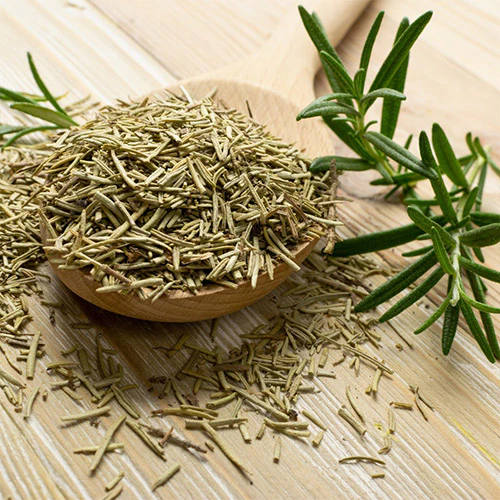
1. Cultivation Regions
Spain is one of the largest producers of cultivated rosemary, particularly in the Andalusia, Murcia, and Castilla-La Mancha regions.
2. Production Volume
Spain produces approximately 15,000–20,000 metric tons of rosemary annually, mostly through regulated cultivation rather than wild harvest.
3. Organic and High-Quality Exports
Spain has a thriving organic rosemary industry, focusing on premium culinary herbs and essential oils. Spanish rosemary is popular in:
- Gourmet cooking
- Herbal teas
- Natural remedies
Spain also has Protected Designation of Origin (PDO) labels for specific rosemary-growing regions, ensuring quality and traceability.
India: A Growing Rosemary Hub
1. Emerging Production
India is a relatively new entrant into commercial rosemary cultivation. However, in states like Tamil Nadu, Karnataka, and Uttarakhand, farmers have begun cultivating rosemary as a cash crop.
2. Use in Ayurveda and Wellness
Rosemary is gaining popularity in India’s Ayurvedic and aromatherapy industries. Rosemary essential oil and extracts are used in:
- Scalp and hair care
- Memory and concentration aids
- Digestive tonics
India produces around 5,000–7,000 metric tons of rosemary annually, with increasing trends driven by demand for herbal and wellness products.
Turkey and Egypt: Rising Contributors
Turkey and Egypt also cultivate rosemary commercially. While their production volumes (around 5,000–8,000 metric tons) are smaller than those of Morocco or Spain, both countries play important roles in Mediterranean herb exports, especially to the EU and MENA regions.
Rosemary Market Insights
1. Global Demand Trends
The global rosemary market is expanding due to its wide applications in:
- Culinary herbs and seasoning
- Nutraceuticals
- Cosmetics and personal care
- Aromatherapy
The market for rosemary essential oil alone is projected to grow at a CAGR of 6% from 2023 to 2028.
2. Dried vs. Fresh vs. Essential Oil
| Product Form | Key Markets | Leading Exporters |
|---|---|---|
| Dried rosemary | Food processing, spice blends | Morocco, Tunisia, Spain |
| Fresh rosemary | Restaurants, organic groceries | Spain, Italy, France |
| Essential oil | Cosmetics, medicine, aromatherapy | Morocco, Tunisia, India |
Environmental and Sustainability Focus
Morocco and Tunisia have taken significant steps toward sustainable herb harvesting, including:
- Rotational harvesting cycles
- Community harvesting permits
- Replanting and regeneration programs
- Organic certification for exports
These efforts help preserve native rosemary populations while improving rural livelihoods.
Future Outlook
As interest in natural health and herbal products continues to grow, rosemary is poised to become even more valuable. Key trends to watch include:
- Expansion of cultivated rosemary fields in India and Africa
- Rising demand for organic rosemary in Europe and North America
- Growth in personal care and aromatherapy sectors, especially post-COVID-19
- Investment in herb traceability and sustainable sourcing
Countries that can balance high-volume production with quality assurance and sustainability will thrive in the evolving market.
Conclusion
In conclusion, Morocco is the largest rosemary producer in the world, supplying a significant portion of the global market through wild harvesting and export-focused infrastructure. The country’s favorable climate, abundant native rosemary, and strong position in the essential oil trade make it a global leader.
Other key producers like Tunisia, Spain, India, and Turkey contribute substantially to global supply, each bringing unique advantages — whether it’s organic farming, wild harvesting, or value-added oil processing.
Rosemary has become more than just a Mediterranean herb. It is a valuable international commodity with powerful culinary, medicinal, and economic relevance. As the demand for natural, sustainable, and plant-based products increases worldwide, rosemary’s role in global agriculture and trade will continue to flourish.

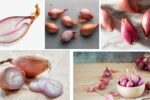
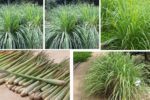

Leave A Comment